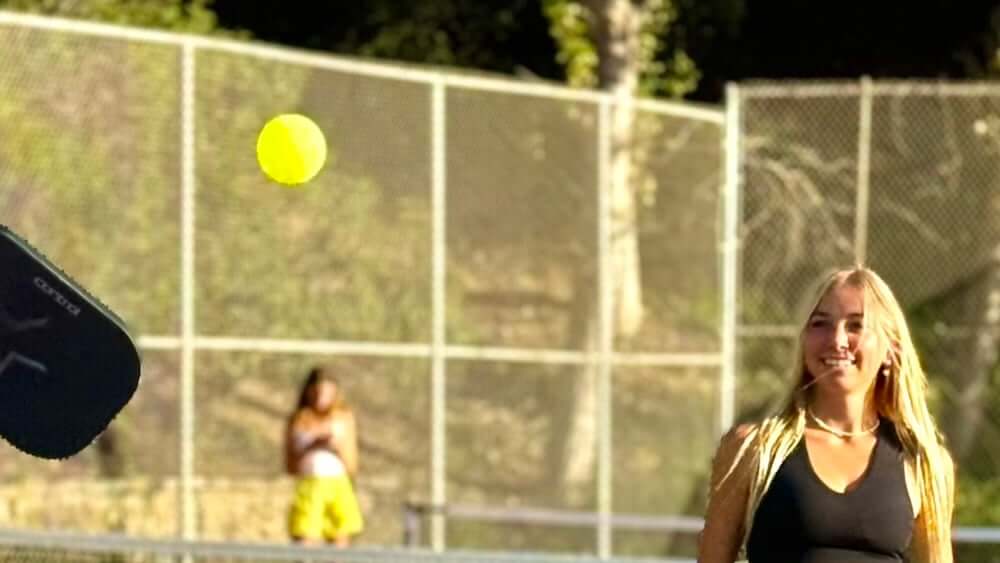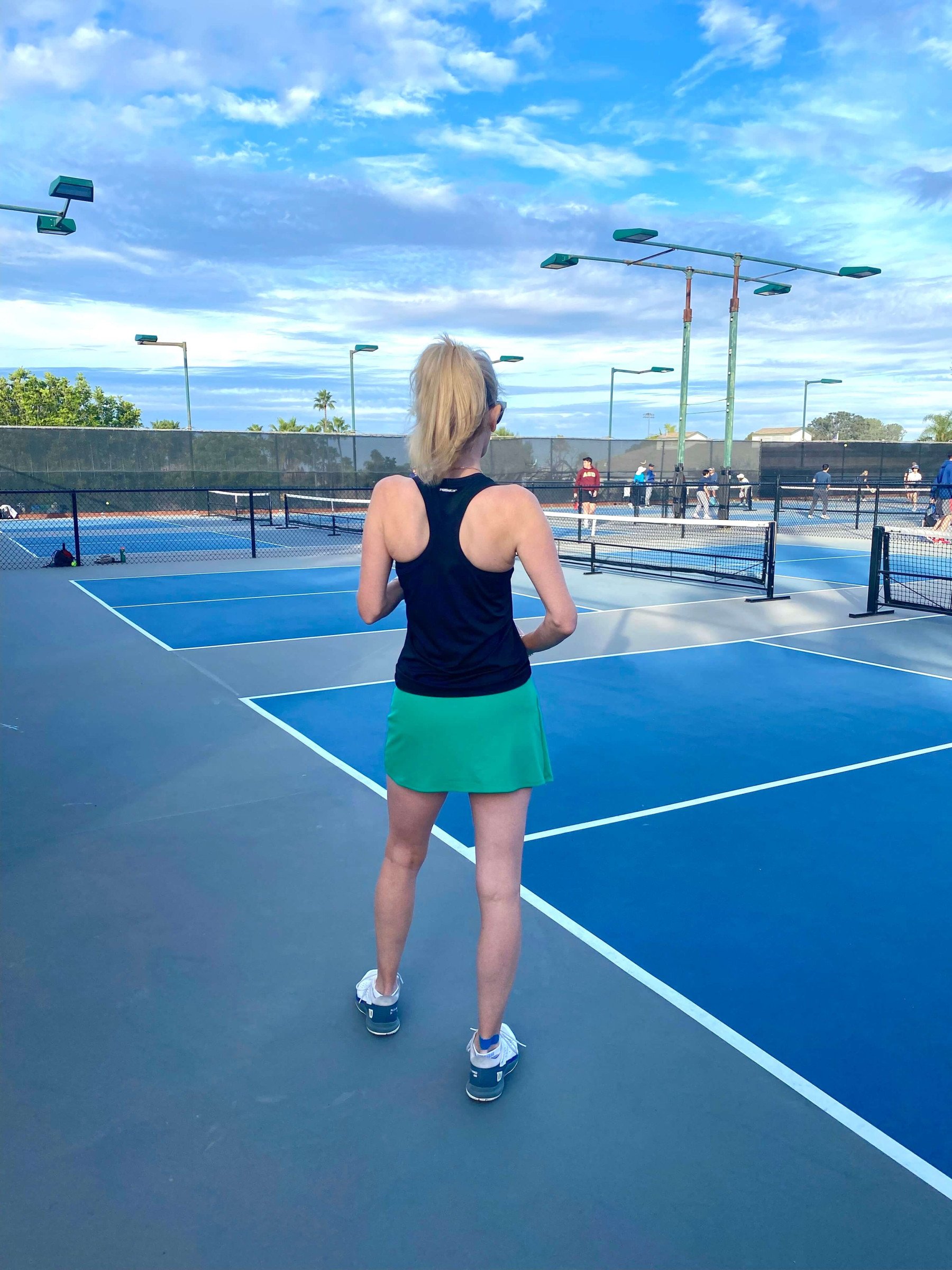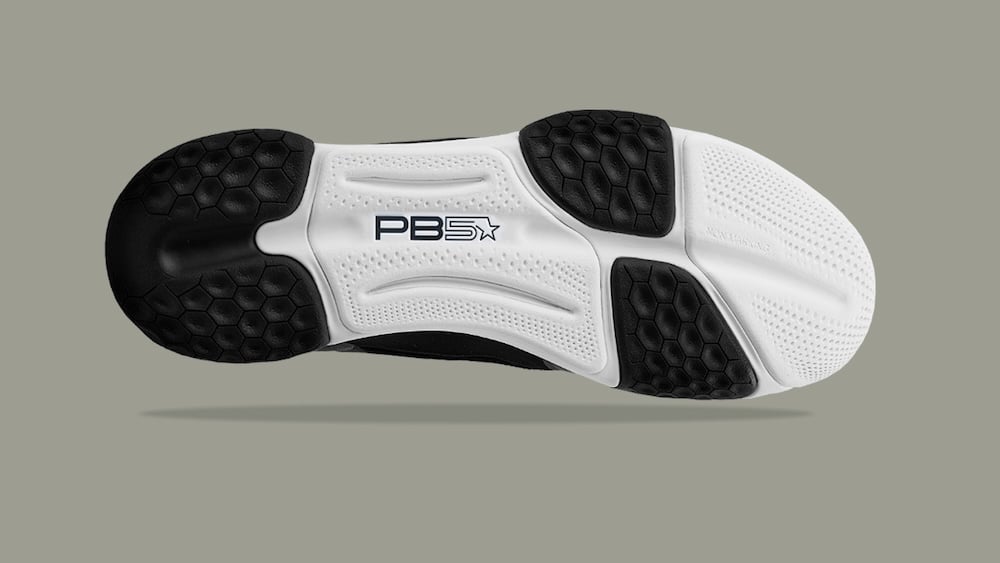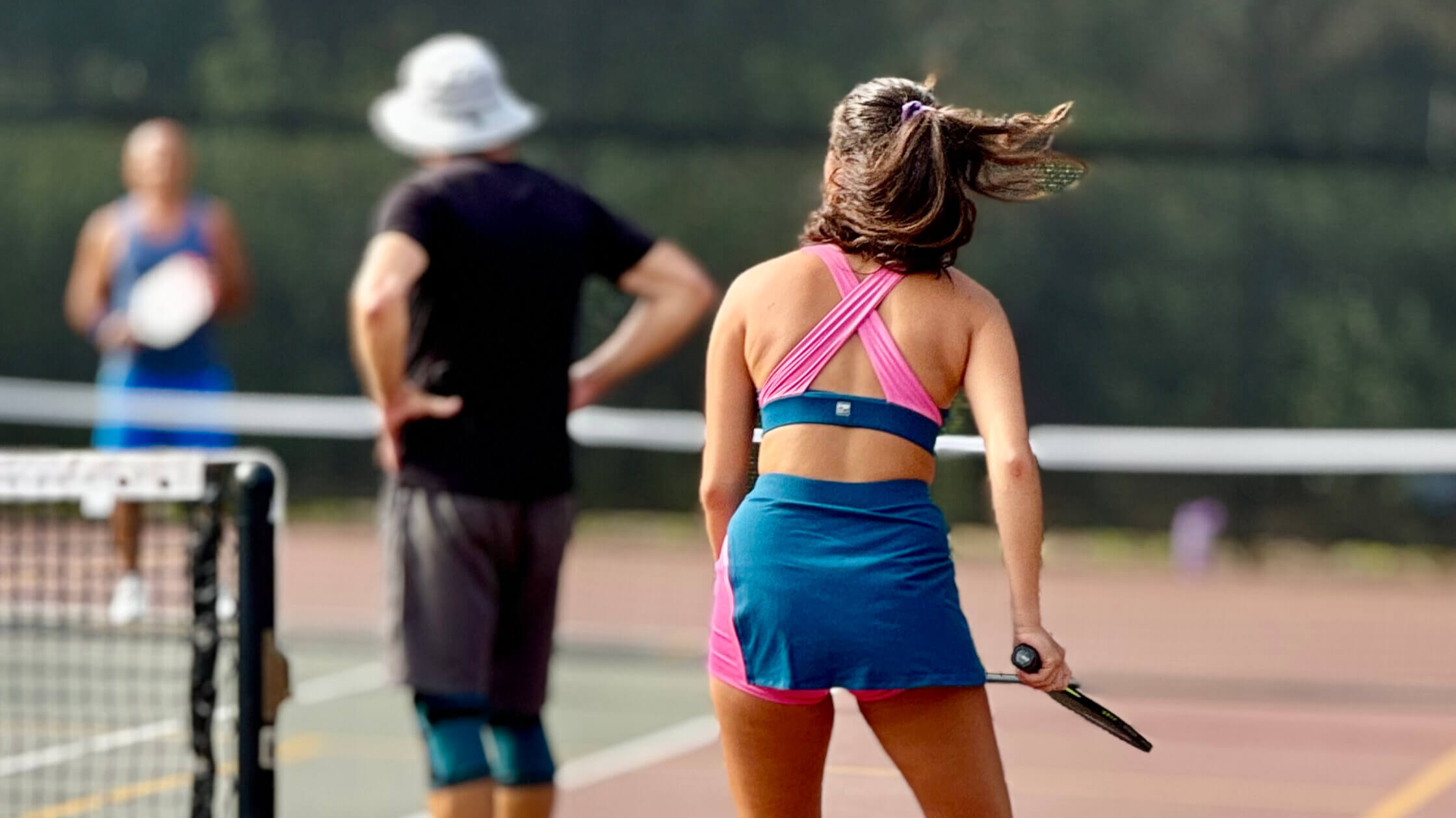Key takeaways:
- So how many times can the ball bounce in pickleball? You’re only allowed one bounce per side in a standard pickleball game, except for the two-bounce rule at the start of a rally.
- The double bounce fault is when the ball bounces twice on the same side—it’s often confused with the two-bounce rule because of the name.
- Practicing bounce control helps you stay in rallies longer and avoid preventable mistakes.
When it comes to bounce rules in pickleball, it’s easy to get mixed up if you’re just starting out. One bounce? Two bounces? Volley or wait? The rules are simple once you get used to the pattern—especially at the beginning of a rally.
At PB5star, we know every quick move counts. Our PB5 Court2 shoes are made for players who want control and comfort through every bounce, pivot, and point. From baseline to kitchen line, we’ve got your footwork covered so you can focus on playing your best.
The two bounce rule
In pickleball, the first few hits of a rally are shaped by what's called the two bounce rule. When the server puts the ball into play, the return must bounce before it’s hit. And right after that, the returning shot must bounce once before the serving team hits it.
It might sound simple, but it’s a big part of how rallies stay balanced and fair. If either side volleys too early, it's also considered a fault, and the point ends. This rule helps slow things down and creates a rhythm early in each point. It gives everyone time to get into position and prevents players from rushing the net too quickly.
To put it simply, the first two shots of every rally must bounce—one on each side. After that, each team has the option to volley or let it bounce, but the ball is only allowed to bounce once per side. In a standard pickleball game, if the ball bounces a second time before being returned, it’s a fault.
Confusion with the double bounce fault
It’s common to mix up the two bounce rule with the double bounce fault, especially when you’re learning the game. The names sound similar, but only one of them is actually a rule you’re supposed to follow. The two-bounce rule sets up fair play at the start of a rally. The double bounce, on the other hand, is a fault—and it ends the point immediately.
A double bounce fault happens when the ball bounces twice on the same side before it’s returned. It doesn’t matter if the second bounce is close to your paddle or if you were just a step too late—once it hits the court a second time, the rally is over. The point either goes to your opponent or your team loses the serve, depending on who was at fault.
When you can start volleying the ball
After the double bounce rule has played out, you’re free to volley. A volley in pickleball means hitting the ball out of the air before it touches the ground. Timing your volleys well can help keep pressure on your opponent and speed up the pace of the game.
Here’s what else to keep in mind when volleying:
- Stay behind the kitchen line. Both feet must be outside the non-volley zone when you volley.
- Watch your momentum. Even if you hit the volley legally, stepping or falling into the kitchen afterward still counts as a fault.
- Use volleying to control the pace. Quick volleys keep your opponent on their toes, especially near the net.
- Know when not to volley. Sometimes, letting the ball bounce gives you more control or resets the point.
Once you're past the two required bounces, the rest of the rally is up to your style. Some players love quick volleys at the net, while others prefer to let the ball bounce and play a slower, more controlled game. You can mix both depending on what works for the point.
How to avoid bounce-related mistakes
Even experienced players get tripped up by bounce-related mistakes. The key is to stay present and ready, with the right pickleball gear helping you move confidently through each point. Here are a few things that help:
- Don’t rush the net too early. Wait for both bounces before stepping up.
- Keep your knees bent and stay mobile. This helps you adjust to short or low-bouncing shots.
- Read the spin early. Backspin and sidespin can make the ball bounce differently than expected.
The more you train your body to recognize bounce patterns, the easier it gets to move naturally and stay on point.
Beginner tips for mastering pickleball bounces
Want to build more control and confidence around bounce timing? These beginner-friendly drills can help sharpen your reaction skills, improve your footwork, and keep your game feeling smooth from warm-up to match point:
- Start with wall rallies. Stand close to a wall and hit controlled shots, stepping back gradually as your consistency improves. It’s a great way to work on timing without needing a partner.
- Try the bounce-and-move drill. Keep the ball bouncing on your paddle while moving across the court. It’s a fun way to build coordination and stay light on your feet.
- Practice soft touches with a partner. Rally gently back and forth at mid-court, focusing on bounce control and positioning. Staying relaxed and balanced is key here.
- Work on footwork with shadow drills. Move side-to-side along the baseline without the ball, focusing on balance and quick directional shifts to stay bounce-ready. Good positioning and supportive footwear help you get to the ball before that second bounce.
- Warm up with paddle control exercises. Before a session, spend a few minutes stretching and doing light paddle movements to help you ease into a more responsive rhythm.
These simple practice routines are great for players looking to feel more in control during rallies—and they’re easy to work into your regular court time.
Stay one step ahead with PB5star
Bounce rules might seem simple, but they shape how every rally plays out. From the two bounce rule at the start of each point to faults caused by a second bounce on one side, understanding when to let the ball bounce—and when not to—can help you stay in control and make smarter plays.
At PB5star, we’re all about helping you feel ready for every rally. From reliable pickleball gear to footwear like our PB5 Court2 shoes, we focus on details that support quick movement, sharp footwork, and confident returns—so you’re never caught off guard by an unexpected bounce.







